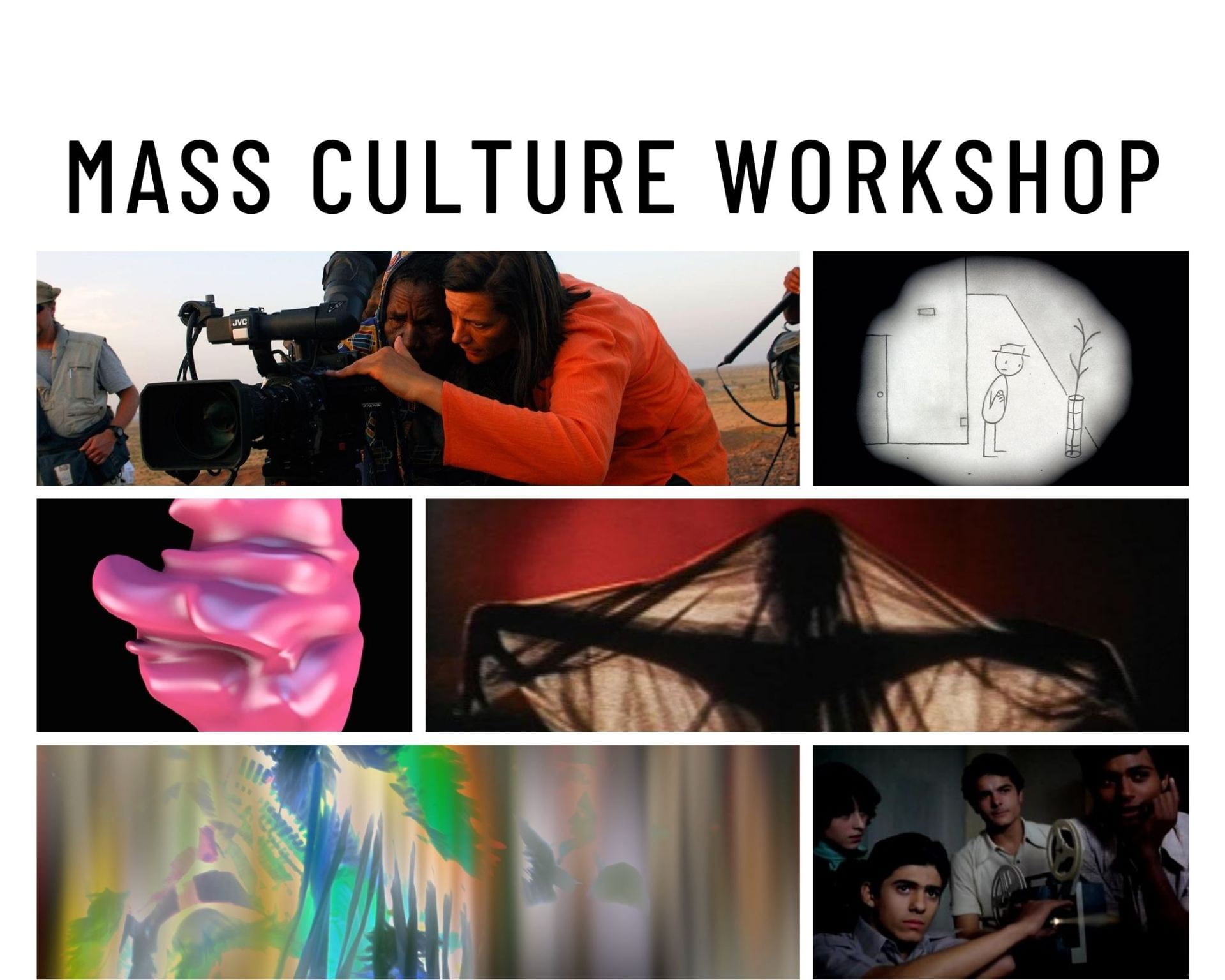Please join us on Friday, Oct 11, 2019 from 11:00am-12:30pm in Cobb 311 for the first meeting of the Mass Culture Workshop of the academic year 2019-20.
We are delighted to have Amy Skjerseth, PhD Candidate, Cinema and Media Studies, University of Chicago. She will be presenting a draft of an article titled: “Multiplying Mise-en-Scène: Lip-Sync Mash-Ups of The Night of the Hunter in Lewis Klahr’s Daylight Moon and Jean-Luc Godard’s Histoire(s) du Cinema”.
Amy’s text is available for download here.
Please do not circulate without permission. Email either Sophie (sophielynch@uchicago.edu) or Tanya (tanyad@uchicago.edu) for the password.
Refreshment will be provided.
We look forward to seeing you!
Yours in Mass Cult,
Sophie and Tanya
Multiplying Mise-en-Scène: Lip-Sync Mash-Ups of The Night of the Hunter in Lewis Klahr’s Daylight Moon and Jean-Luc Godard’s Histoire(s) du Cinema
This article draft examines how music and spectators’ embodied memories collide in the cult film The Night of the Hunter (Charles Laughton, 1955) and two contemporary films that appropriate its audio-visual material. While film scholars mainly have described mise-en-scène as a visual phenomenon, I follow Michel Mourlet in redefining mise-en-scène elements as multisensory “contours” that address both characters’ and spectators’ bodies. I closely read audio-visual contours in Hunter where sonic textures trigger viewers’ haptic memories to elicit thematic and affective affiliations with the child protagonists as they escape from the evil Preacher Powell.
Then, I turn to two films that mash-up the infamous river escape sequence and lip-sync it to opposite ideological ends. Jean-Luc Godard’s Histoire(s) du Cinema 2A (1997) fetishizes Hunter’s images along with those of a young Julie Delpy as she reads Baudelaire’s “Le Voyage.” Lewis Klahr’s Daylight Moon (2012) imports Hunter‘s soundtrack record album where Laughton narrates score excerpts to create a stop-motion collage suburban crime tale. Both films rely on sound to recall multisensory experiences of childlike imagination, but where Godard amplifies animal mating calls to sexualize Delpy’s untouched feminine nature, Klahr reanimates the good versus evil battle in Hunter‘s score to entreat spectators to play with the ephemeral vestiges of memory. As pre-existing music multiplies relations between films and viewers, these cases suggest a multisensory model of mise-en-scène in which spectators hear sounds both as found objects and as haptic harbingers of memory.
Amy Skjerseth is a Ph.D. Candidate in the Department of Cinema and Media Studies at the University of Chicago and co-organizer of the Great Lakes Association for Sound Studies. She has a B.M. in Oboe Performance from the Eastman School of Music and a B.A. and M.A. in English from University of Rochester and McGill, respectively. Her work explores gendered and technological effects of sound synchronization through the heuristic of “lip sync” in postwar media from avant-garde film to music video.

